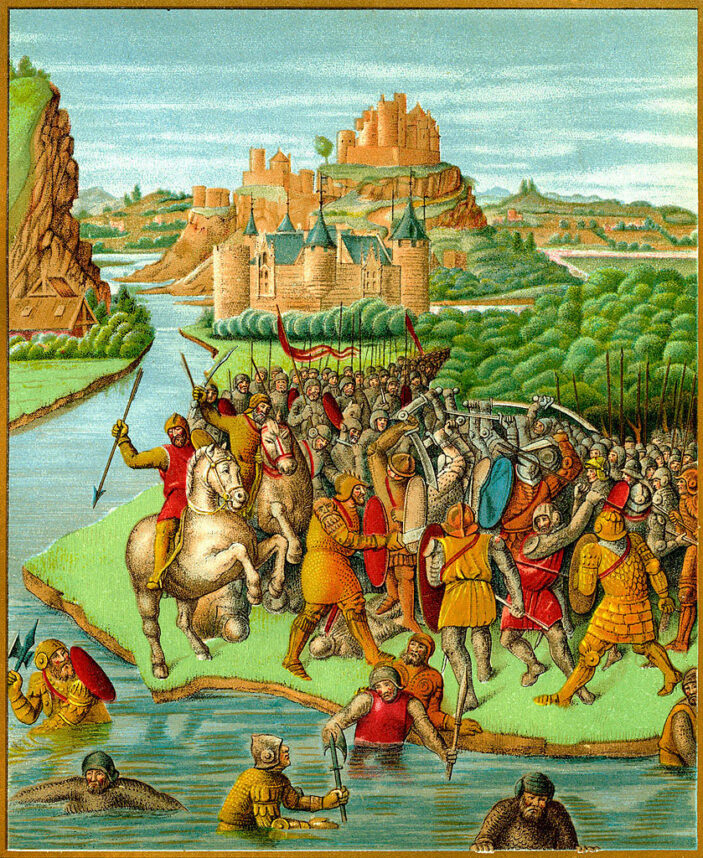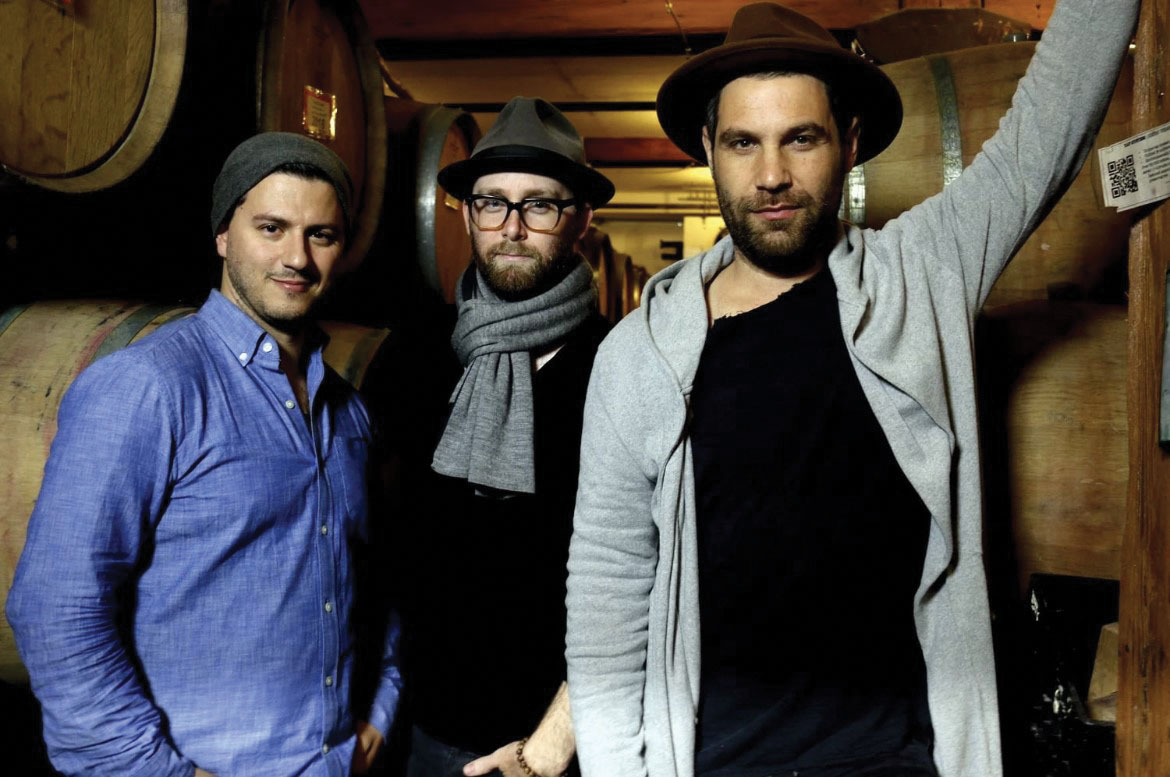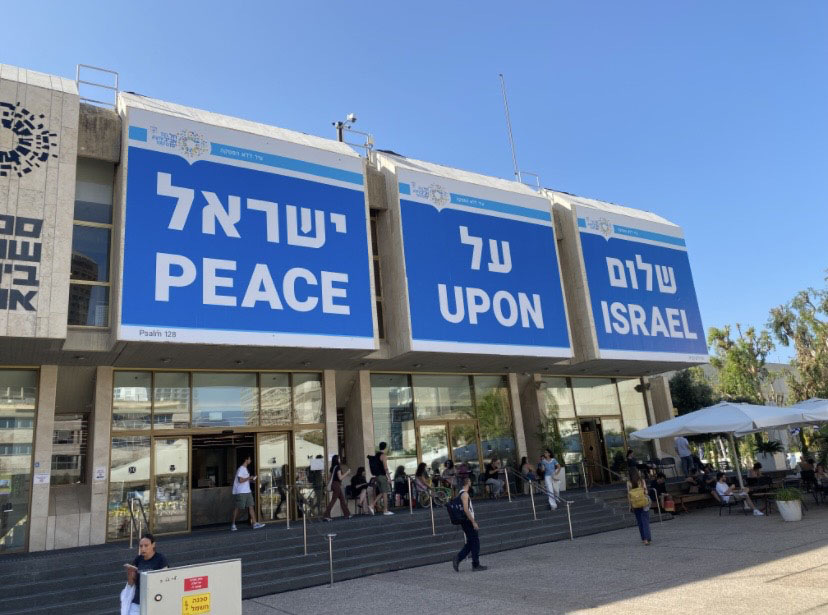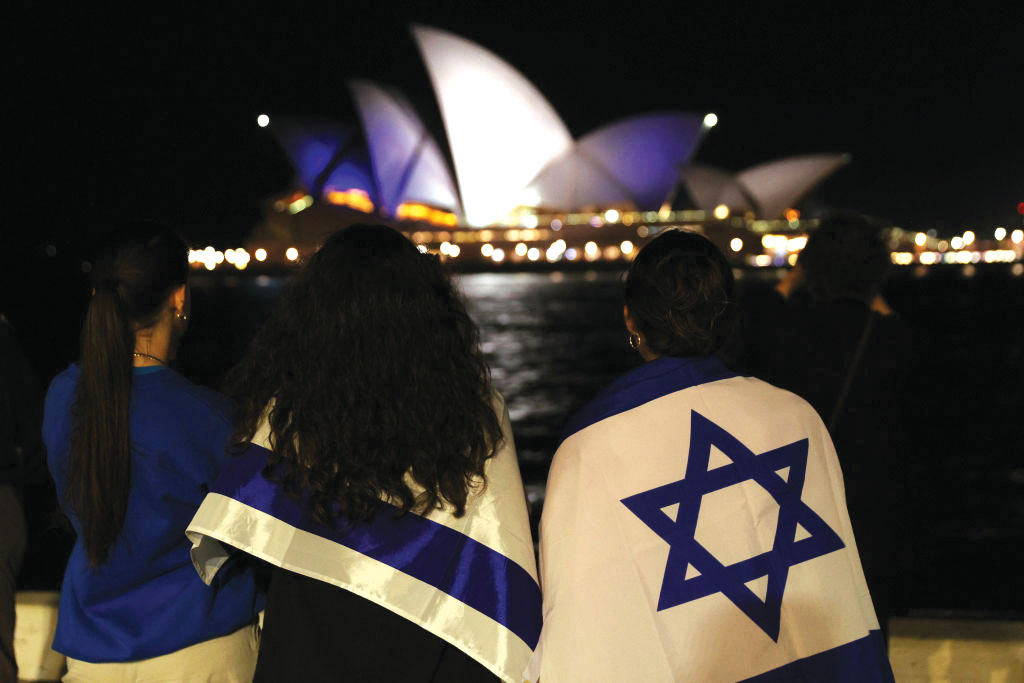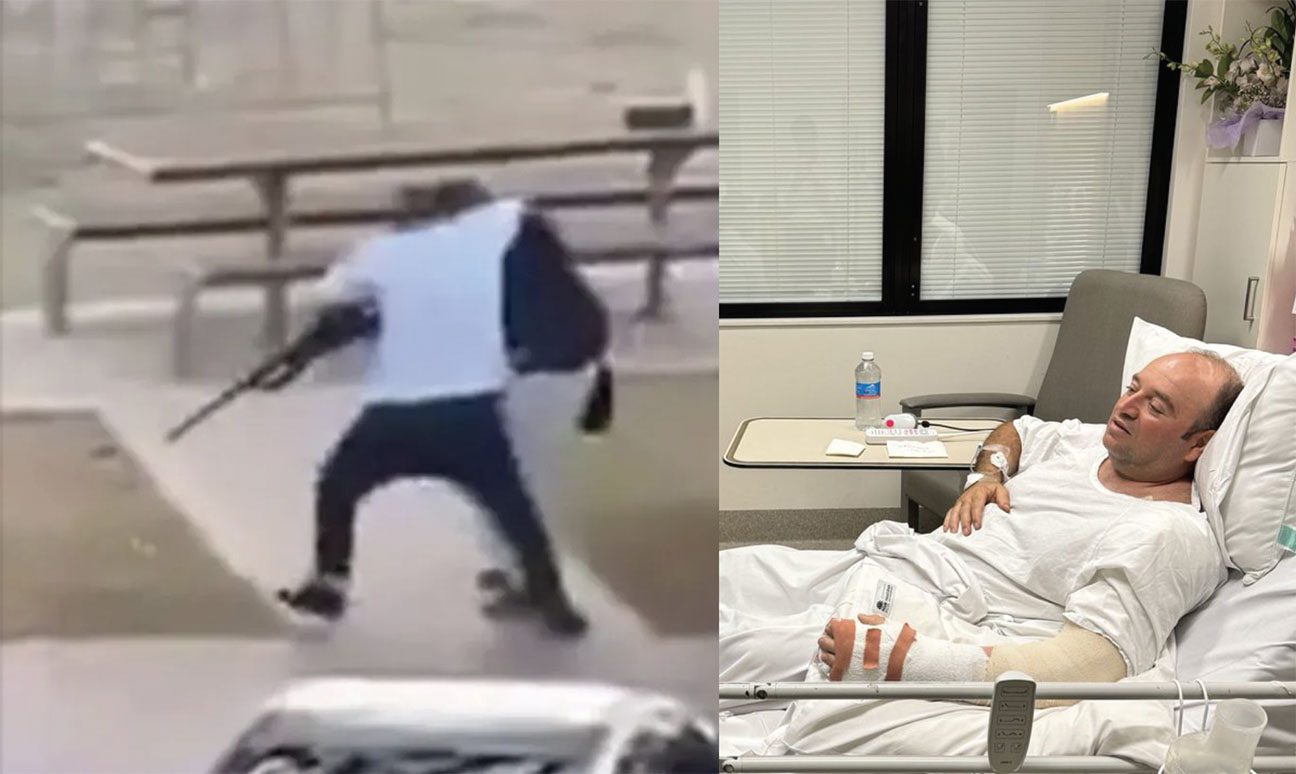With the many LAUSD schools having spotty reputations, and given the array of private schools to choose from, Jewish support for Los Angeles public schools in recent years has been at best tepid. But that wasn’t always the case.
Jews in L.A. have had a long and textured relationship with the public education system. From the 1890s, when the city first established elementary and high school districts, through to the 1960s, public education was a mainstay of the Jewish community. But when school demographics began to shift as working class Latino and African American populations burgeoned, many Jewish families pulled out of public schools and migrated to the private realm.
The Jewish exodus from LAUSD reached its peak during the desegregation movement of the 1970s. After the ACLU filed a lawsuit in 1963 to end segregation in L.A. schools, the LAUSD board created voluntary integration programs, introducing magnet schools and giving district schools the option of busing students from lower-performing facilities to higher performing schools. In 1976, the California Supreme Court charged state school districts with enforcing integration. In response, two years later the L.A. school board began a sweeping mandatory busing program that would reassign more than 60,000 students, transferring minority children from downtown and South L.A. to predominantly white schools in the San Fernando Valley and the Westside, and vice versa.
Students often were bused up to an hour away from where they lived, and the move caused a public outcry among both whites and minorities over what many parents saw as “the end of neighborhood schools,” according to former LAUSD school board member David Tokofsky. Racist and classist prejudices also turned some white families away.
In the first year of forced busing, the district lost 25,000 white students, recalled Shel Erlich, the former longtime head of the LAUSD communications office. In the second year, an additional 17,000 left. In 1981, after only three years, California residents voted down all mandatory busing programs and the plan in Los Angeles was suspended.
But the damage had been done – in the late 1970s, Erlich said, the district was about 30 percent white; now, that number hovers below nine percent.
“[Busing] drove a huge number of Jews from the public schools,” said local author and Jewish Journal columnist Bill Boyarsky. “Parents were not comfortable sending their children to a school where their kid might be the only white person in the class.”
Jewish leaders had taken both sides of the busing debate. Educator Jackie Goldberg, who would later win seats on the Los Angeles City Council and the California State Assembly, headed the controversial Integration Project in the late 1970s that pushed for mandatory busing. Activist and later U.S. Congresswoman Bobbi Fiedler, on the other hand, led the vocal Bustop movement in the Valley that fiercely opposed busing and challenged the program in court.
Busing today is largely seen as a failed solution to segregation in L.A. schools. The program not only drove white families from schools the district had sought to integrate, but also ignored a root cause of minority isolation, said UCLA PhD candidate Zevi Gutfreund – de facto segregation in neighborhood housing. City restrictions on where minority populations could live in the early 1900s ensured residential segregation would be sown into ethnic communities for generations to come, he said, and uneven school demographics were just a product of that.
By the time the busing period ended, school overcrowding and sinking test scores were rising issues in the public school sphere, and most white and Jewish families didn’t return to the system, historians say. Private schools flourished; Jewish day schools proliferated in the 1970s and 80s.
But as fallout continues from the “Great Recession,” Boyarsky predicted, that could change.









